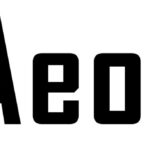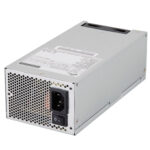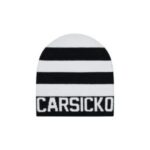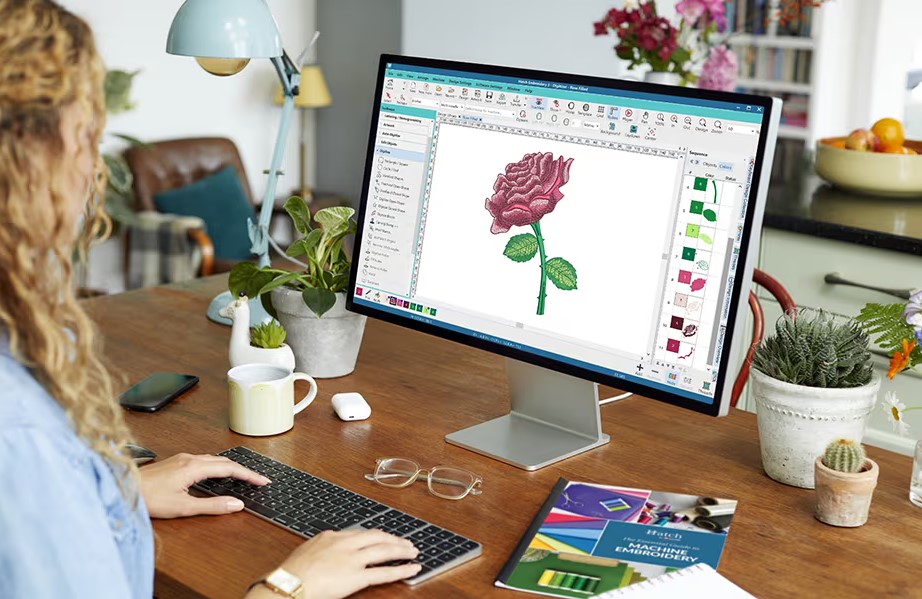Embroidery has been a cherished art form for centuries, but with the advent of modern technology, it has evolved into something even more extraordinary. Digitized embroidery is the process of converting digital designs into stitch patterns that embroidery machines can execute with incredible precision. This fusion of art and technology allows creators to bring intricate designs to life in ways that were once unimaginable. In this article, we’ll explore how digitized embroidery works, its benefits, and how you can use it to elevate your creative projects.
What Is Digitized Embroidery?
Digitized embroidery is the process of transforming a digital image or design into a file that an embroidery machine can read and stitch onto fabric. This involves using specialized software to map out stitch types, directions, and colors, ensuring the final product matches the original design as closely as possible.
Unlike traditional hand embroidery, which relies on manual skill and patience, digitized embroidery leverages technology to achieve consistent, precise, and complex designs. Whether you’re creating custom apparel, home decor, or promotional items, digitized embroidery opens up a world of possibilities.
How Does Digitized Embroidery Work?
The process of digitized embroidery involves several steps, each requiring attention to detail and a good understanding of both design and technology. Here’s a breakdown of how it works:
1. Choosing the Right Design
Not all designs are suitable for embroidery. The best designs for digitized embroidery have:
- Clear outlines and bold shapes.
- Minimal fine details that could get lost in stitching.
- High contrast between colors.
If your design doesn’t meet these criteria, you may need to edit it using graphic design software like Adobe Illustrator or Photoshop.
2. Using Embroidery Software
Embroidery software is the backbone of digitized embroidery. Programs like Wilcom EmbroideryStudio, Hatch Embroidery, and Ink/Stitch allow you to convert your design into a stitch file. These tools let you:
- Trace the design’s outlines.
- Assign stitch types (e.g., satin, fill, or running stitches).
- Set stitch directions and densities.
- Choose thread colors.
3. Digitizing the Design
Digitizing is the process of translating your design into a language the embroidery machine understands. This involves:
- Tracing the design: Use the software to outline the key elements of your design.
- Assigning stitch types: Different parts of the design may require different stitches. For example, satin stitches are great for outlines, while fill stitches work well for larger areas.
- Setting stitch directions: The direction of stitches can affect the texture and appearance of the design. Experiment with different angles to achieve the desired effect.
- Choosing thread colors: Select colors that match your original design and preview how they’ll look when stitched.
4. Testing the Design
Before stitching the final product, it’s essential to test the design on a scrap piece of fabric. This helps you identify and fix any issues, such as misaligned stitches or thread breaks. Testing ensures that your final embroidery looks polished and professional.
5. Stitching the Final Product
Once you’re satisfied with the test, load the digitized file onto your embroidery machine and stitch it onto your chosen fabric. The machine will follow the instructions in the file, bringing your design to life with precision and accuracy.
Benefits of Digitized Embroidery
Digitized embroidery offers numerous advantages over traditional methods. Here are some of the key benefits:
1. Precision and Consistency
Embroidery machines follow digitized files with incredible accuracy, ensuring that every stitch is perfectly placed. This level of precision is difficult to achieve with hand embroidery, especially for complex designs.
2. Time Efficiency
Once a design is digitized, it can be stitched repeatedly without additional effort. This makes digitized embroidery ideal for large orders or projects that require multiple copies of the same design.
3. Versatility
Digitized embroidery can be used on a wide range of fabrics and materials, from cotton and denim to leather and towels. This versatility makes it a popular choice for everything from fashion to home decor.
4. Customization
With digitized embroidery, you can create highly personalized designs. Whether it’s a name, logo, or intricate artwork, the possibilities are endless.
5. Professional Quality
Digitized embroidery produces clean, polished results that look professional. This makes it a great option for businesses looking to create branded merchandise or custom apparel.
Tips for Successful Digitized Embroidery
To get the most out of digitized embroidery, keep these tips in mind:
1. Start with High-Quality Images
The better the quality of your original image, the easier it will be to digitize. Avoid blurry or pixelated images, as they can result in poor embroidery quality.
2. Keep It Simple
While digitized embroidery can handle complex designs, simpler designs often yield better results. Avoid overcrowding your design with too many details.
3. Learn Your Software
Take the time to explore the features of your embroidery software. Many programs offer tutorials and online resources to help you get started.
4. Test Before Stitching
Always test your design on a scrap piece of fabric before stitching it onto the final product. This helps you catch and fix any issues early on.
5. Pay Attention to Stitch Density
Too many stitches in a small area can cause the fabric to pucker or tear. Adjust the stitch density in your software to ensure a smooth finish.
Common Mistakes to Avoid
- Skipping the Test Stitch: Always test your design to avoid costly mistakes.
- Ignoring Fabric Type: Different fabrics require different stitch settings. Make sure to adjust your design accordingly.
- Overcomplicating the Design: Keep your design simple, especially if you’re new to digitized embroidery.
- Using Low-Resolution Images: Low-quality images result in poor embroidery. Always start with a high-resolution design.
Applications of Digitized Embroidery
Digitized embroidery is used in a wide range of industries and applications, including:
- Fashion: Custom apparel, hats, and accessories.
- Home Decor: Embroidered pillows, curtains, and table linens.
- Corporate Branding: Logos on uniforms, bags, and promotional items.
- Personalized Gifts: Monogrammed towels, blankets, and more.
Conclusion
Digitized embroidery is a game-changer for anyone looking to bring their designs to life with precision and professionalism. By combining art and technology, it allows you to create stunning, high-quality embroidery that stands out. Whether you’re a hobbyist or a business owner, mastering digitized embroidery designs opens up a world of creative possibilities.
So, why wait? Grab your favorite design, fire up your embroidery software, and start digitizing. With a little practice and patience, you’ll be creating beautiful, precise embroidery in no time.
By embracing digitized embroidery, you’re not just keeping up with the times—you’re pushing the boundaries of what’s possible in the world of embroidery. Happy stitching!










